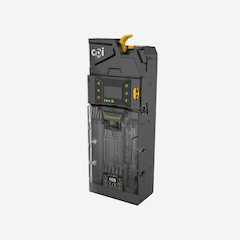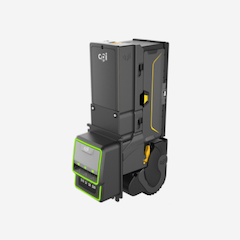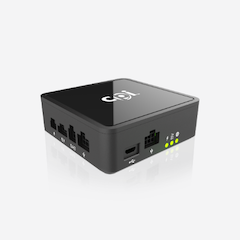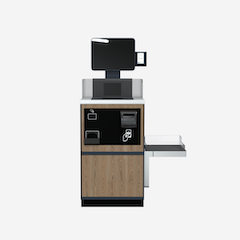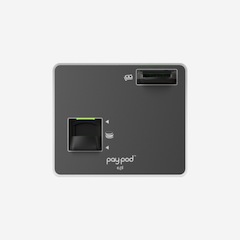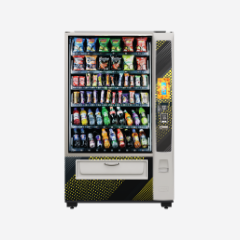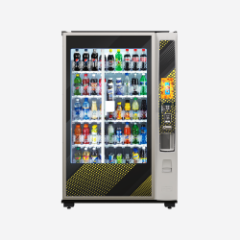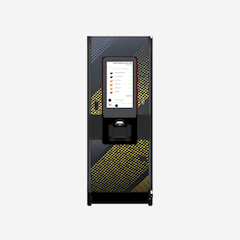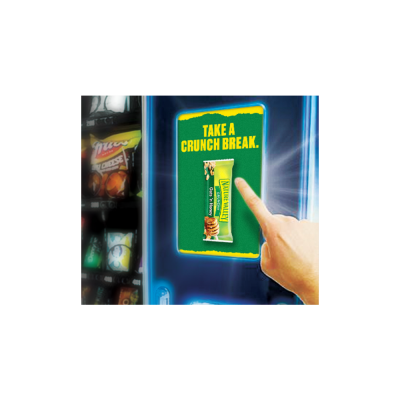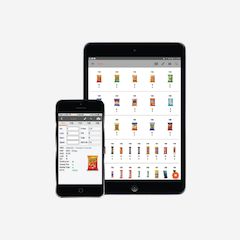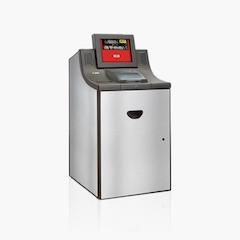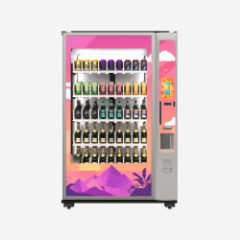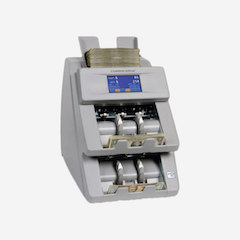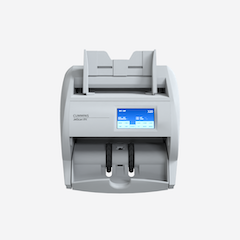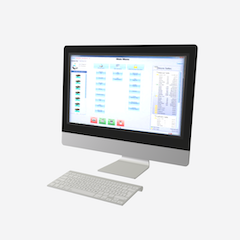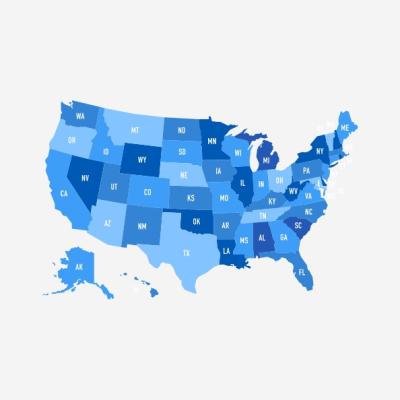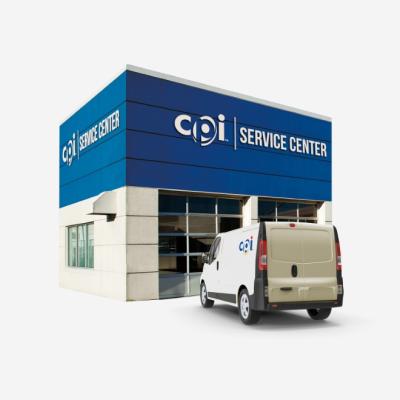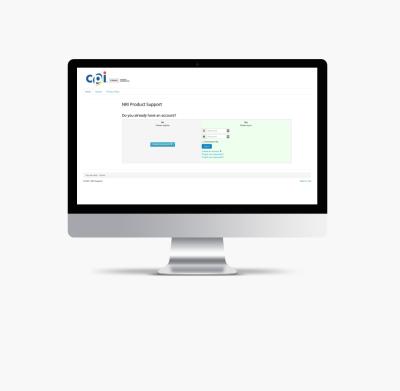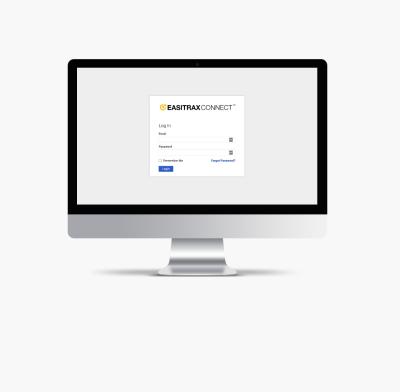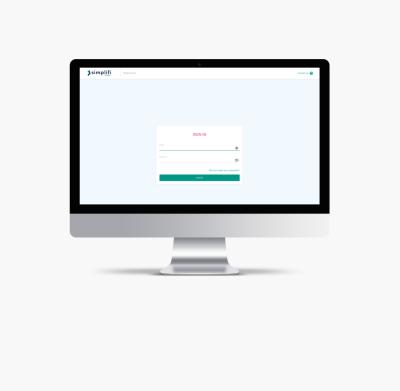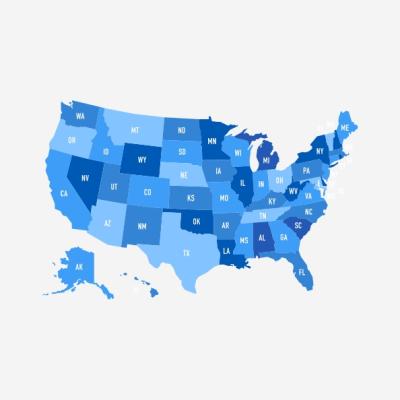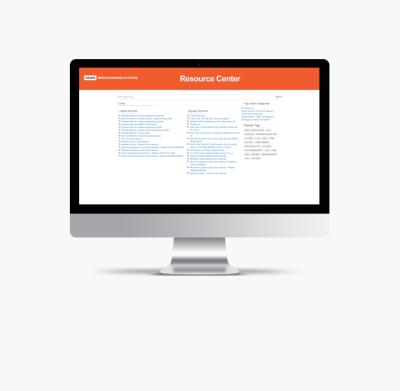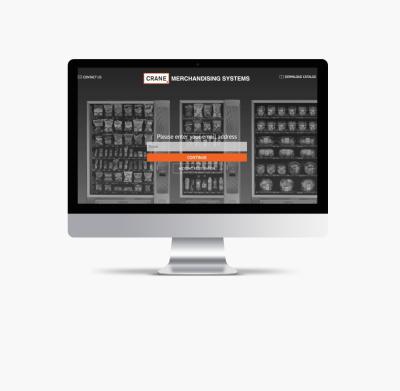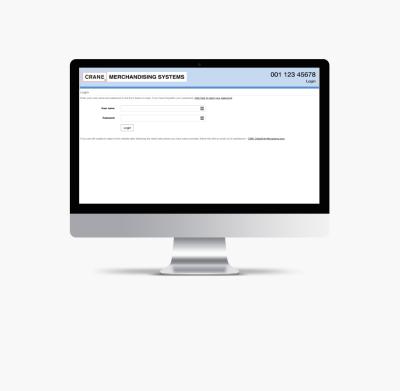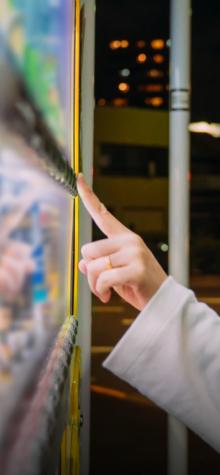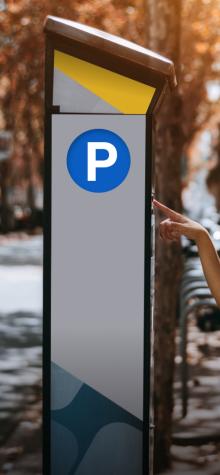How to Protect Customers and Associates at the Checkout
In the face of unprecedented times, businesses worldwide are scrambling to adapt to the new normal. Social distancing has gone from buzzword to reality as we’ve all become accustomed to giving each other six feet or more of space. Whether waiting in line, passing on the sidewalk or shopping down one-way aisles—keeping our distance has become a part of our daily lives. And with social distancing being one of the most effective containment strategies in curbing viral outbreaks, these measures could be in place for years to come.
For most interactions, we can continue on as we have, but there’s one place where social distancing just isn’t possible to fully achieve: in-person payments at checkout lines. Even as we wait in carefully-marked, well-spaced-out lines, we eventually have to approach a cashier to complete our purchase. While we’re seeing businesses implement a wide range of payment automation technologies to begin addressing these concerns, there is no silver bullet. The key is identifying a complete payment strategy that works for your space, your staff, and your customers.
So what steps can retailers take to protect their customers and staff as the world continues to zero in on hygiene and personal safety? The answer lies in automation. By curating a mix of basic best practices and smart technologies, retailers can deliver a comprehensive checkout and payment solution that works for their customers and staff.
Install Physical Barriers at the POS
Many stores have already installed physical barriers to help protect customers and staff. These barriers—most often clear Plexiglas sneeze guards—are an important first step, but they only go so far. While the barrier protects cashiers from, say, a direct cough or sneeze from a customer checking out, they do not completely enclose cashiers. They also don’t eliminate contact when it comes to payment methods like cash, which still require customers to lean around the barrier to pass to the cashier and collect change. When physical barriers fall short of the need, technology comes to the rescue, with myriad options to automate the payment process, in both attended and unattended lane.
Increase Number of Self-Checkout Kiosks
Now more than ever, self-checkouts are soaring in popularity. According to a recent survey, a whopping 87% of shoppers prefer to shop in stores with contactless or self-checkout payment options. These technologies allow customers to minimize the amount of contact they—and their purchases—have with a cashier. But self-checkouts are not always a complete solution, especially as stores implement self-checkout technologies that accept only credit or contactless payments.
With many stores no longer accepting cash at self-checkouts, shoppers who prefer to pay with cash are relegated to attended lanes. This not only brings customers right back to what they were initially trying to avoid—direct interaction with a cashier—it could discriminate against customers who rely on cash as their only means of payment.
For retailers who strive to offer their customers an excellent in-store experience, reducing their payment options at the point of sale and dictating a singular checkout experience both frustrates their customers and unnecessarily puts store associates in harm’s way.
The data is clear: consumers appreciate the convenience of self-checkout; retailers love the efficiency. But limiting the payment potential of the technology can also limit customer satisfaction, equity in payments and worker safety. Retailers should consider the complete payment mix before diving into any new checkout technology solution. Including cash automation alongside credit and contactless payments can help bridge this gap.
Implement Scan-and-Go Technology
Many retailers have been experimenting with scan-and-go technology—which allows customers to scan and purchase items via an app on their phones as they shop—before having to adapt to the current public health landscape. And now, the tech could become ubiquitous as a potential solution to make shopping safer for customers and staff alike, thanks to its ability to almost completely eliminate contact between shoppers and sales associates.
Scan-and-go still requires an associate to verify a customer’s purchases before leaving via an electronic receipt. And as with any unfamiliar process, implementation of such new technology would likely necessitate additional customer interaction to help train and troubleshoot. And while scan-and-go certainly shows promise as the world looks for new ways to reduce contact during the shopping experience, it still leaves customers who prefer to pay in cash (or, in many cases, who can only pay in cash) behind.
Does scan-and-go offer a more streamlined and convenient shopping experience for shoppers looking to avoid in-store contact? Absolutely. But it’s still not a complete solution. Offering a variety of payment platforms, methods and technologies—each of which can comply and adapt to evolving social distancing guidelines—is what will enable retailers to better meet the needs of customers both now and in the future.
Increase Floor Plan and Flexibility
Installing self-checkout kiosks is a major investment—both financially and spatially. Smaller retailers simply may not have the space to install a bank of self-checkout stations. That’s why small, automated self-scan kiosks, placed throughout the store, are becoming more common. In addition to minimizing the amount of space required, this solution also prevents customers from becoming congested in one area, allowing them to find their selections, purchase, and leave—without being funneled into one space.
During a time of increased focus on the risks of crowded areas, giving customers more flexibility in where they have to go within a public space is increasingly important. If automated kiosks can accept all forms of payment (cash, card, and mobile) and therefore be remotely staffed by an employee standing at a safe distance, all the better.
However, with a larger number of self-checkouts spaced throughout the store comes labor efficiency and staffing considerations. Stores must not only examine where self-checkouts should be located, but also consider the volume of staff required to oversee them, and the possibility of training non-cashier personnel to assist at these self-checkouts if the need arises.
Online Ordering and Pickup
With more and more people choosing to stay at home and self-isolate, the rapid surge in online grocery shopping is no surprise. However, while offering home delivery and buy online/pick up in store (BOPIS) is nothing new for most retailers, the sudden increased demand could be outpacing logistical capacity.
As the demand for home delivery and curbside pickups continues to rise—with each function requiring the staff to support it—the question becomes: how can grocery stores handle this from a human resources perspective? For many supermarkets, the answer is hiring thousands of employees, expanding omnichannel options and redeploying resources as needed.
While ordering groceries online undoubtedly minimizes in-person contact with others, it’s not an entirely inclusive solution. With pick-up and delivery services often excluding cash paying customers, online grocery shopping is a luxury that those without credit or digital wallets simply cannot benefit from. This, coupled with the fact that many consumers just prefer to shop in person, clearly demonstrates the need for retailers to meet shoppers wherever they are—and not limit their choices during already challenging times.
In the era of adaptation, the retail landscape has become increasingly complex. Is ordering online a safer way to get groceries? According to experts, if you can afford it, the answer is yes. But while retailers would be wise to accommodate those who prefer to shop online, they must also remember the critical importance of consumer autonomy and choice. The reality is that not every person is comfortable transitioning a behavior that was one quite simple—heading to the store to shop for groceries—into a digital practice that requires a certain level of comfort (and trust) with technology.
So as we continue to grapple with the uncertainty of a new norm, the bigger question is: how can retailers safely and effectively accommodate the payment preferences of every customer—while ensuring operational efficiency?
Minimize the Need for Contact
For retailers who aren’t able to implement large-scale changes like new self-checkouts and scan-and-go technology, there are still options to help reduce the need for contact during the Point of Sale (POS). Allowing for touch-free mobile payments like Apple Pay, Samsung Pay and Google Pay enables customers and staff to avoid handling credit cards, and reduces the amount that customers need to touch a card reader machine—all they need to do is tap their mobile device to the machine and go.
For customers who prefer to use cash—and many do—automated cash handling devices are available for both attended and unattended lanes, eliminating the need for cashiers to handle cash and dispense change and minimizing the need for contact between customer and cashier even further.
Every business is different, and there is no one-size-fits-all solution as retailers move forward in the age of social distancing. Maybe that means small changes, like installing automated cash handling machines and barriers. Or it could be a larger overhaul of your store footprint and checkout processes. For most businesses, the right solution will require a multifaceted approach to payment platforms, methods, and technologies to help every customer and staff member stay safe during the checkout process—no matter how they prefer to pay. But one thing is clear: every step you take to protect your customers and staff and minimize the need for physical contact between the two is a step in the right direction.
Whatever your business’s payment strategy, our experts are here to help you find a solution that works for you. Visit our website to learn more.

